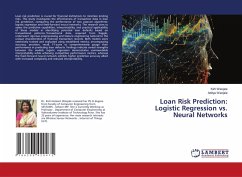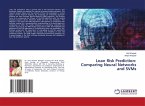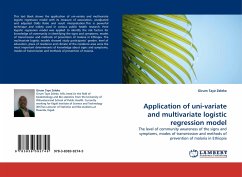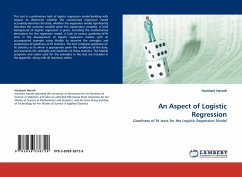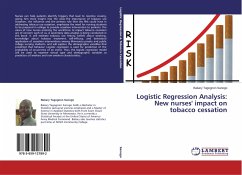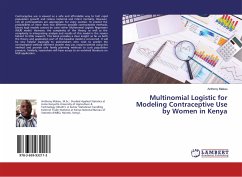Loan risk prediction is crucial for financial institutions to minimize lending risks. This study investigates the effectiveness of transaction data in loan risk prediction, comparing the performance of two popular algorithms: logistic regression and feed-forward neural networks. The research aims to assess the predictive capabilities, interpretability, and practical applicability of these models in identifying potential loan defaults based on transactional patterns. Transactional data, acquired from Kaggle, underwent rigorous preprocessing and feature engineering tailored to the unique characteristics of financial transaction records. Both models were extensively trained and evaluated using established metrics, encompassing accuracy, precision, recall, F1-score to comprehensively gauge their performance in predicting loan defaults. Findings indicate varied strengths between the models: logistic regression demonstrates commendable interpretability while achieving competitive performance metrics, whereas the feed-forward neural network exhibits higher predictive accuracy albeit with increased complexity and reduced interpretability.
Bitte wählen Sie Ihr Anliegen aus.
Rechnungen
Retourenschein anfordern
Bestellstatus
Storno

